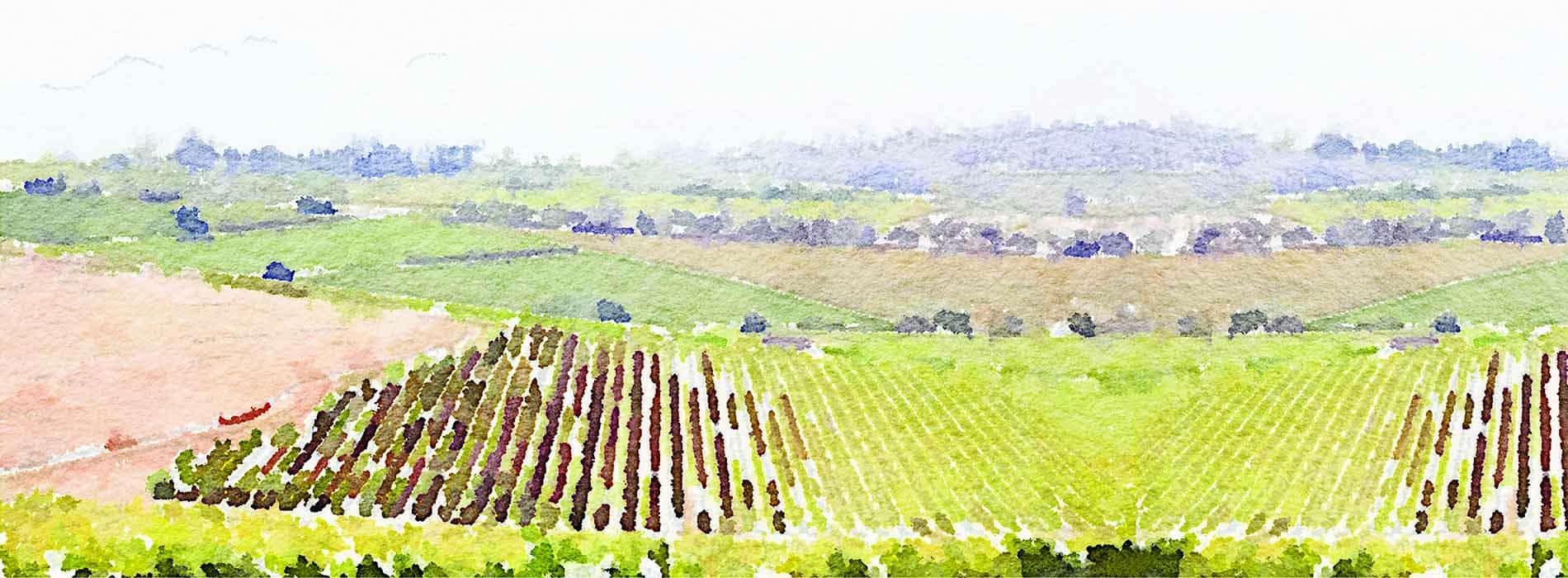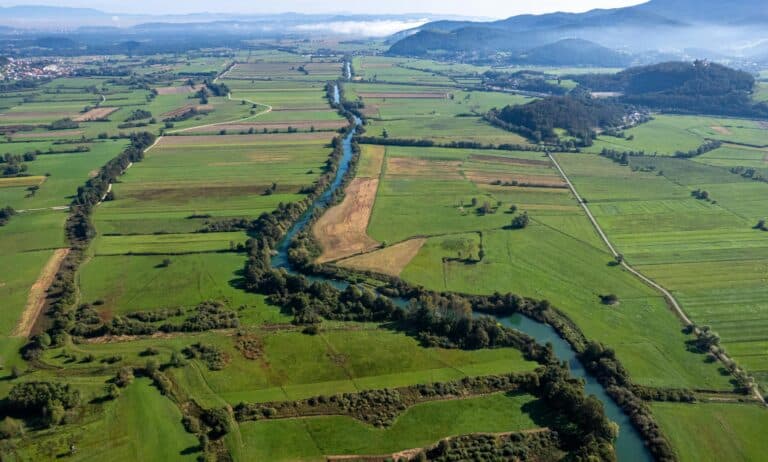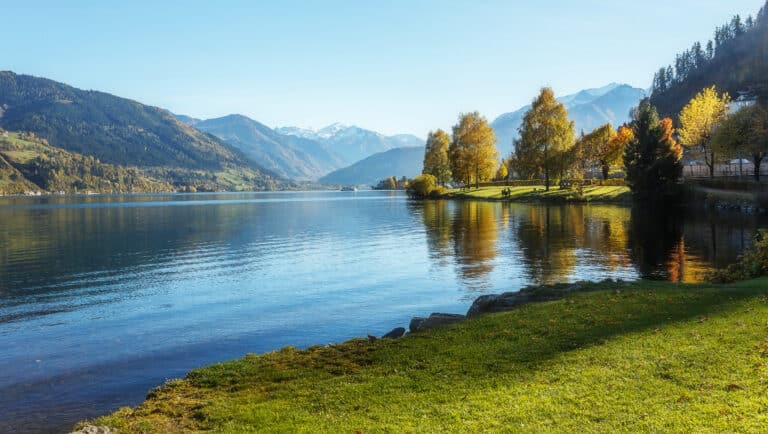So you think you want to own a vineyard, do you? There is much romanticism in buying and/or owning a vineyard. However, let’s take a look at the facts so we can put some sense into the process.
Know the land
Vineyard land or vineyard potential land is not all the same. First, one must get some questions answered. What type of grapes is the buyer interested in growing: table grapes, juice grapes or wine grapes? If it is wine grapes, of which variety? Does it have irrigation water, and is there enough water for a sustainable crop? Which way does the air drain? By that, I mean, is there a slope or is it flat land? If the land is flat, then one needs to do substantially more research before committing. Land with a slope (even in any direction) allows for natural air drainage—either up or down the hillside.
If there are undulations in the land (hills and valleys) there could be cold pockets subjecting spring bloom to potential frost. In the industry, these are referred to as “frost pockets.”
Read more: 8 Amazing Vineyards for Sale
Know your grapes
Juice grapes are hardier than wine grapes or table grapes. Their growing season is short enough to allow them to be grown in nearly every northern state in the U.S. Table grapes have both a longer growing season and a tender blossom. They are grown a bit mid-line across the US to the more southern areas—usually in the foothills to valley floors in the eastern and western coastal inland areas of the U.S. like California or the Carolinas and Georgia. Both of these varieties strive for high production and quantity, needing substantial water for finishing.
Wine grapes, on the other hand, are much more temperamental. They need some water, but not too much. There is a very fine line between not enough and too much water for irrigation. A smaller berry, starved slightly for water, produces a better quality wine in the end. Slopes are nearly always preferred for wine grapes, regardless of variety. Red varietals can take colder winters than the whites and are more susceptible to some diseases.
Read more: The Challenges of Managing a Famous California Costal Vineyard
Know your climate
One should make note of the local weather patterns, spring and fall freeze dates and frost-free growing days. Also, take note of the types of crops grown in the surrounding area. Know the standards of practice for spray application to the neighboring lands. Grapes are very much negatively affected by certain sprays, causing bloom drop and loss of production. Bees are an important factor to consider as well. Grapes do very well in areas where orchards and nut groves are prevalent for pollination. The bees tend to linger longer where there is ample blossom time and fresh nectar.
Know your soils
Take a look at the soils. Vines do not like to have wet feet, so, well-drained soils are a major factor. Have the soils tested for nutrients as a part of your ‘due diligence’ prior to closing the sale. Know and understand the nutritional needs of your chosen varieties, and if the soils need amending to reach the plant requirements, find out what the cost will be to reach that goal. You may determine that a nicer looking property may cost you more than your second choice if the cost to get the soils amended to optimum levels is cost prohibitive. Find a crop consultant in the area who specializes in grape production to help you with your research. You may also find a Land Grant University with agricultural specialties in the area that has a team or department with ties to the vineyard industry. Always look for local, regional or state grower associations for advice and/or assistance.
Know your finances
Have a financial plan! This is one of the most frequently miscalculated and misguided parts of the farming business in general. Vineyards do not produce the first year, or the second year, and possibly not even the third year. Know the cost of trellising, planting, pruning and training the vines before production. Determine if hand picking or mechanical harvest will be done. If you are not sure, plan for both. Height, row spacing and end-row turnaround space are critical.
Plan out plantings in phases so that you can optimize the land and the expense calendar. Order the vines from a reputable nursery. ALWAYS ask for the patent and copyright certificate for the vines you purchase! If the nursery says they don’t have one or that you don’t need one, go elsewhere. Permanent plants are patented and copyrighted just like photographs, parts and paintings, and there are substantial fines and penalties associated with ‘patent infringement’ in America. It is also against the law to make cuttings of patented plants for expanding your own growing area. Just be aware! Most of all… plan for disaster years; they will happen in agriculture, regardless of the crop. One cannot control Mother Nature!
Know your market
Next, know the varieties and the demand. Remember, the ‘sipping public’ changes flavor trends often and suddenly. Reds are always popular; however, popular taste may vary from light to heavy, oaky to clear, and whatever other flavors can arise in the process of fermentation, or whatever the marketing ploy is at the time. Whites can vary widely from dry to sweet; there are cooking varieties, sipping varieties, and dessert and aperitif whites. It is important to know the market, the demand, and watch the industry trends before getting financially buried in the vineyard business.
Know your neighbors
Get to know the other growers and vintners in the area. They will be your biggest resource and greatest fans. Wine growers, unlike hop growers, are extremely generous with sharing information about practices, operations and what’s new. Plus, they’ll give you advice—solicited or not!
You have done your research, completed your due diligence, developed a master plan, and found a circle of friends, consultants and advisers… Now, you must have a passion in order for your plans to meld into your life and future. If you don’t have passion, one can give up or give in and the project can easily fizzle at the first bump in the road.



